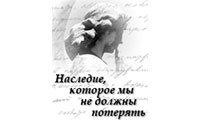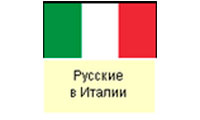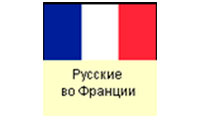Russian Minority Schools in Interwar Latvia
In December 1919 Latvia’s People’s Council (temporary parliament of the new-born state) passed laws on the educational establishments of Latvia and on the organisation of minority schools in Latvia, according to which national minorities had the right to autonomy in creating and running their schools. Within the Ministry of Education national departments were created, including the Russian Department. Professor Ivan Yupatov was head of this department for 10 years. For a brief period in Latvia there appeared Latvian, Russian, Byelorussian, German, Jewish, Polish, Lithuanian and Estonian schools. Thus the right of minorities to receive education was met, including the right to education in secondary schools in their mother tongue. Only the history and geography of Latvia from the 5th year of primary school was taught in minority schools in Latvian.
In the 1920’s and 1930’s the literacy of the Russian population rose steadily. If in 1920 only 41.32% of Russian Latvians over 10 years old were literate, by 1930 this percentage had risen to 62.74%. This growth in literacy was facilitated by the creation of a network of Russian primary schools, particularly in the remote parts of Eastern Latvia - Latgalia. However, far from every Russian child completed their primary school education. Only every 22nd child leaving primary school went on to secondary school.

After the coup d’état of 1 May 1934 Latvian nationalist tendencies were strengthened. The authorities’ relations towards the national minorities sharply deteriorated. The law on national education dispensed with schools’ autonomy. This was followed by directions on the allocation of schoolchildren according to ethnicity, which restricted the right of parents to choose the language of instruction. Whereas at the beginning of the 1930’s there were 5 Russian Governement high schools (in Riga, Daugavpils, Lūdza, Rēzekne and Jaunlatgale), by the end of the 1930’s only 2 of them remained: in Riga and in Rēzekne, as well as the Russian department of the 2nd Daugavpils High School. In 1936 the last of the, at the time numerous, Russian private high schools, the O. Lishina Gymnasia, was closed down. In the 1939/40 academic year in the remaining Russian secondary schools there were 568 pupils, which was clearly inadequate to satisfy the growing demands of the Russian youth for education. Latvian high schools were over-subscribed and in no condition to take in new students.
Юрий Абызов. Латвийская ветвь российской эмиграции
Александр Гурин. Деньги для русского вуза
Татьяна Фейгмане. Русские в довоенной Латвии
Рижская городская русская гимназия (бывшая Ломоносовская) 1919-1935
Татьяна Фейгмане. Русская школа в Латвии: 1919-1940
Татьяна Фейгмане. Русское население Латвии (1920-1940): развитие образования
Сергей Цоя. К истории русского образования в межвоенной Латавии (20-30-е годы ХХ века)
Выдержки из Русского педагогического ежегодника в Латвии. Под ред. Ю.Д. Новосёлова. - Рига, 1927.




























